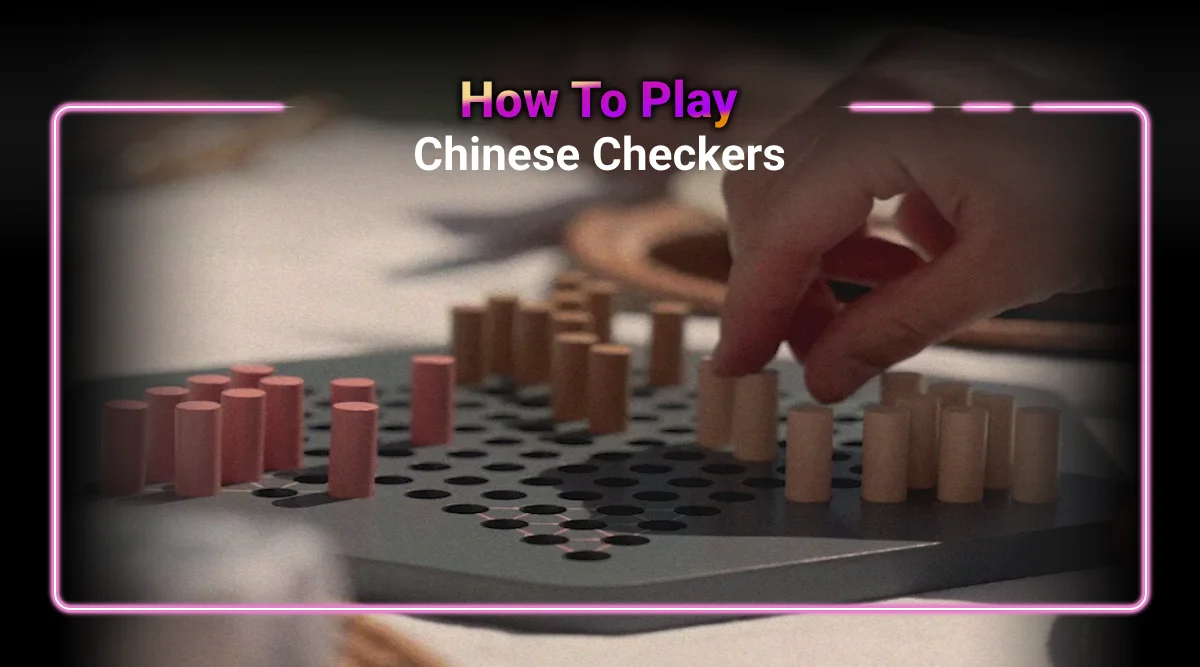
Chinese Checkers, one of the top casino games enjoyed globally, has become a staple in casino entertainment, similar to the allure of Dragon Ball casino games. Both casino games blend traditional gameplay with a modern twist, attracting a broad audience. Just as the Dragon Ball casino game is known for its vibrant graphics and dynamic play, Chinese Checkers in a casino setting enhances the traditional board game experience with sophistication and engagement. Understanding how to play Chinese Checkers is essential in these environments, as it showcases the game’s versatility and appeal in both casual and upscale gaming settings.
How to Play Chinese Checkers: History of the Game
Tracing its roots, Chinese Checkers is not actually from China nor is it a variation of checkers. It originated in Germany in 1892, originally known as “Stern-Halma,” and was rebranded as Chinese Checkers in the United States to evoke an exotic feel. Today, it stands alongside arcade table games, offering a strategic yet accessible challenge to players of all ages. Its inclusion in online casino gaming portfolios has further solidified its status as a timeless classic.













